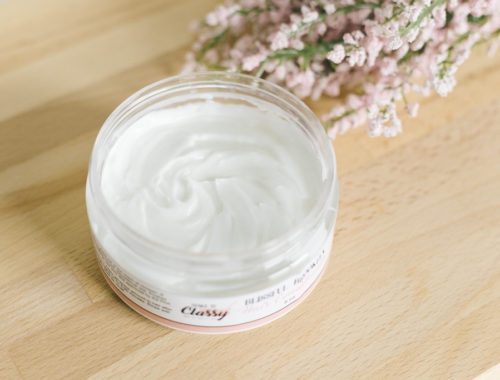Several skin conditions can impact your appearance and daily life. If you are struggling with one and it is not where you want it to be, don’t worry – there are many things you can do to improve the situation! The following blog post will discuss all of the different options available to you.
1) Identify Your Skin Condition
The first step is to identify your skin condition. This will help you better understand what is going on and allow you to find the best possible treatment option. There are many different skin conditions, so getting a diagnosis from a doctor or dermatologist is essential. Once you know what you are dealing with, you can begin to look into treatment options.
There are several different treatments available for various skin conditions. Some common treatments include:
– Topical creams and ointments
– Medications (oral or injected)
– Light therapy
– Surgery
Your doctor will be able to discuss all the options available to you and help you choose the best course of action.
2) Make Some Lifestyle Changes
In addition to treatment options, you can make several lifestyle changes to improve your skin condition. For example, if you smoke cigarettes, quitting smoking can have a positive impact on your skin. Smoking damages skin cells and decreases blood flow, leading to dryness, wrinkles, and other skin problems. If you drink alcohol excessively, that can also contribute to skin problems like redness and inflammation. Cutting back on alcohol or quitting altogether can help improve your skin condition.
Eating a healthy diet and getting enough sleep are also essential for maintaining healthy skin. And lastly, managing stress levels is crucial for keeping your skin looking its best. Stress can cause a number of different skin conditions, so finding ways to reduce stress in your life is essential for achieving clear, glowing skin.
Making even just a few lifestyle changes can make a big difference in the appearance of your skin. So if you’re unhappy with your current skin condition, don’t hesitate to try out some new skincare products and make some changes to your lifestyle.
3) See A Dermatologist
If you’ve been struggling with your skin condition for a while and nothing seems to be working, it may be time to see a dermatologist. A dermatologist can give you a more specific diagnosis and even a psoriasis treatment plan. They may also be able to prescribe medication that can help improve your skin condition.
If you’re unsure whether you should see a dermatologist, you can always speak to your primary care doctor first. They may be able to give you some advice on whether or not seeing a specialist would be beneficial for you.
In conclusion, there are many things you can do if your skin condition is not where you want it to be. Don’t hesitate to speak to a doctor or dermatologist about your options and make some lifestyle changes to improve your skin. Then, you can achieve clear, beautiful skin with the right treatment and care.




